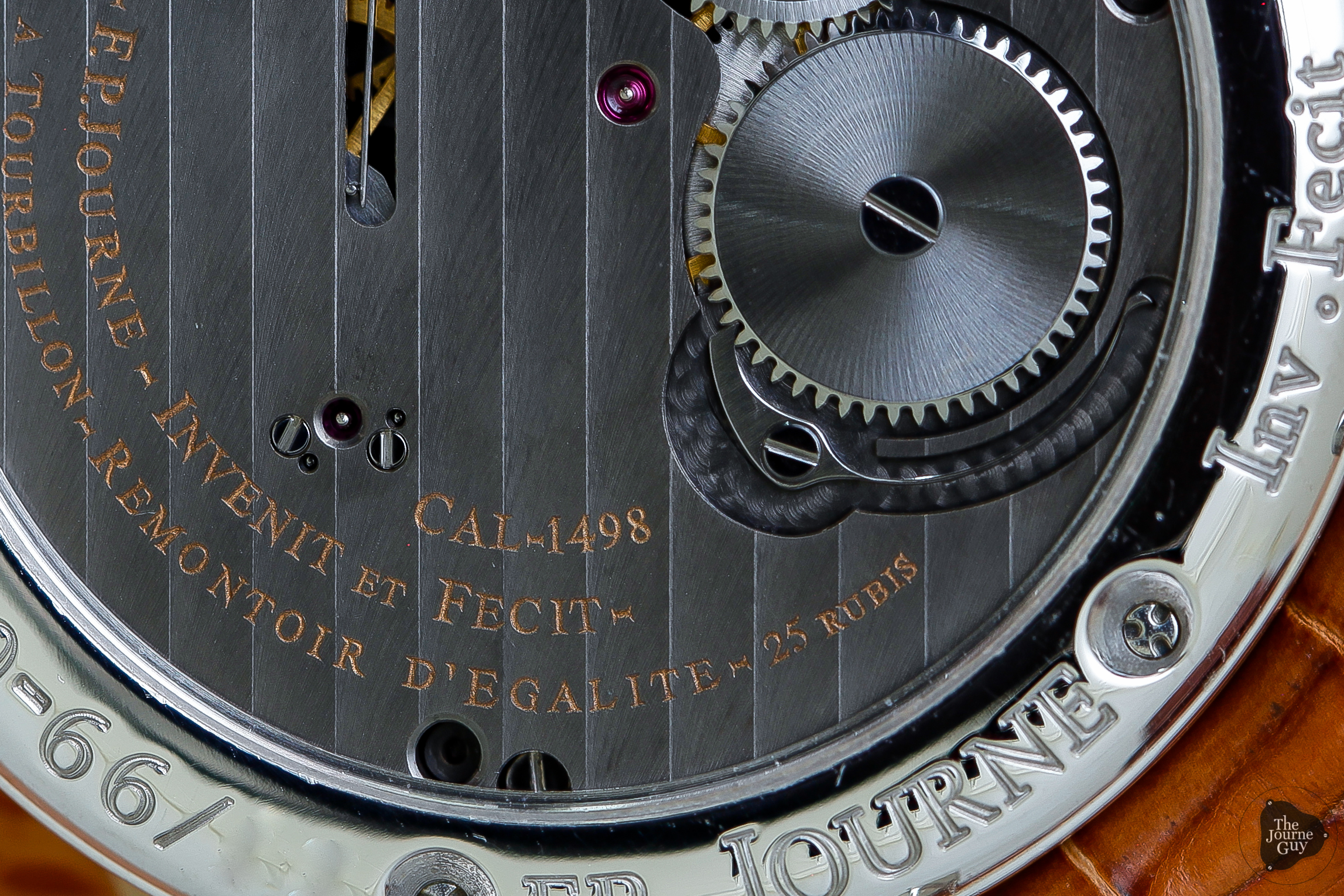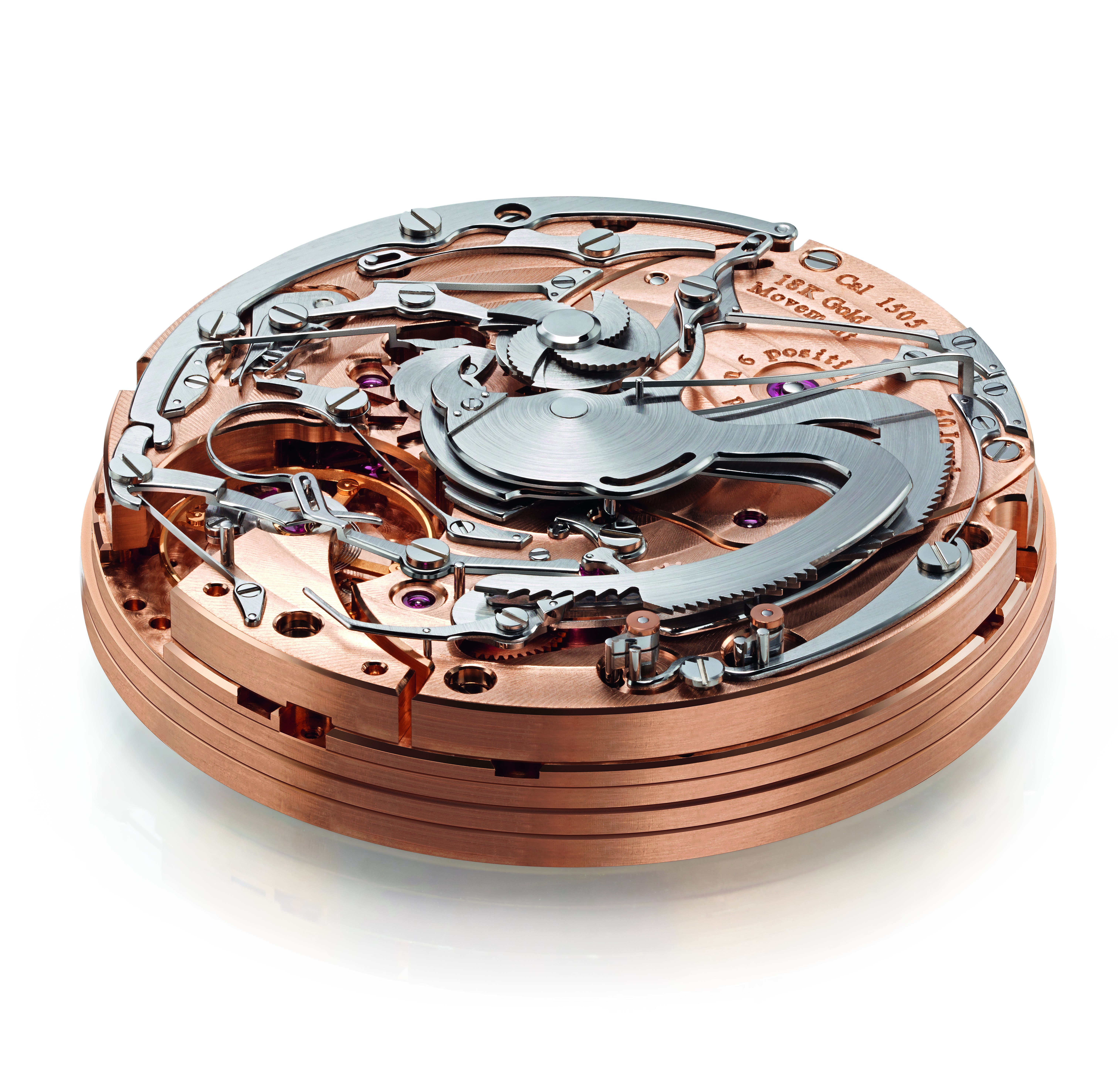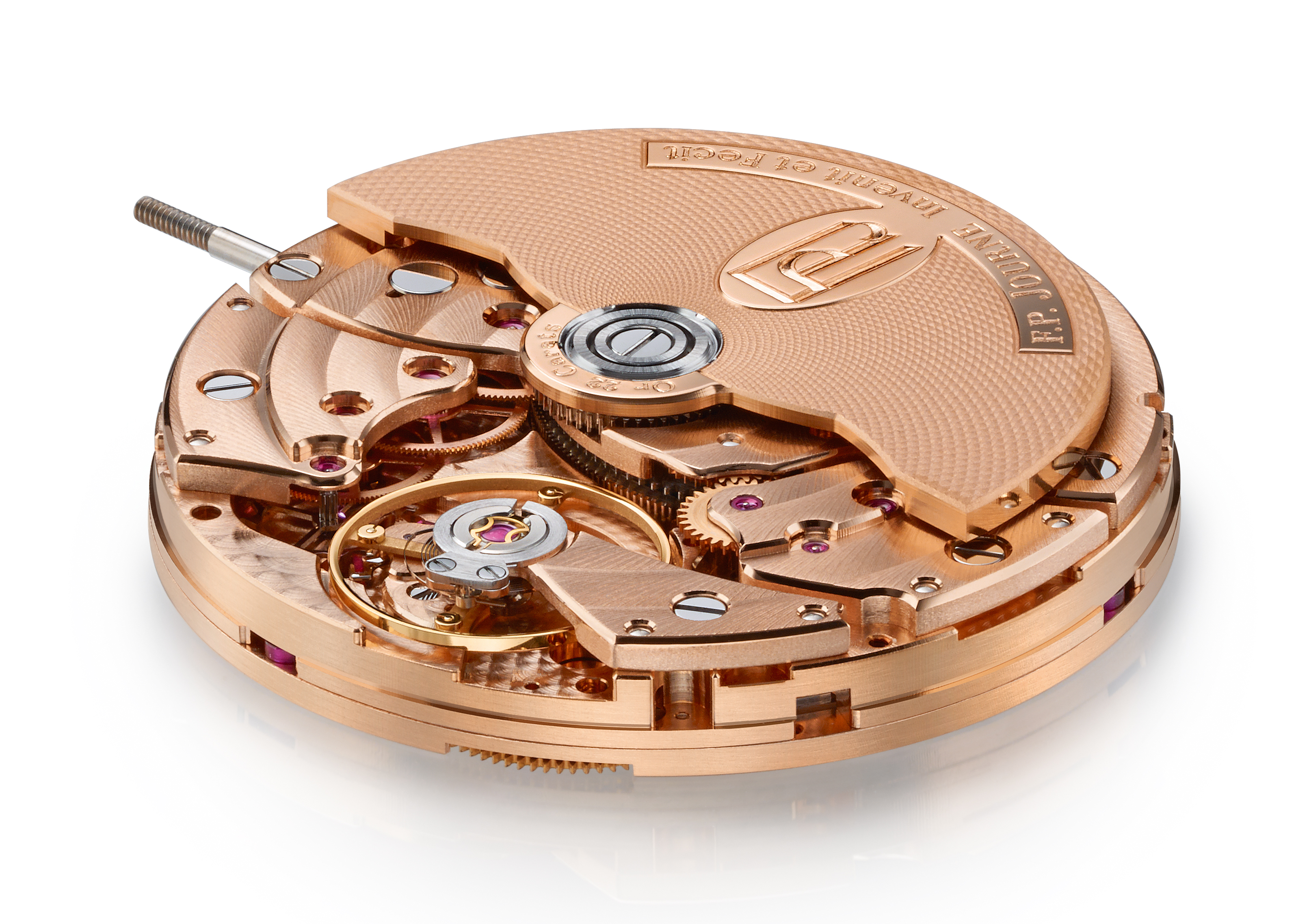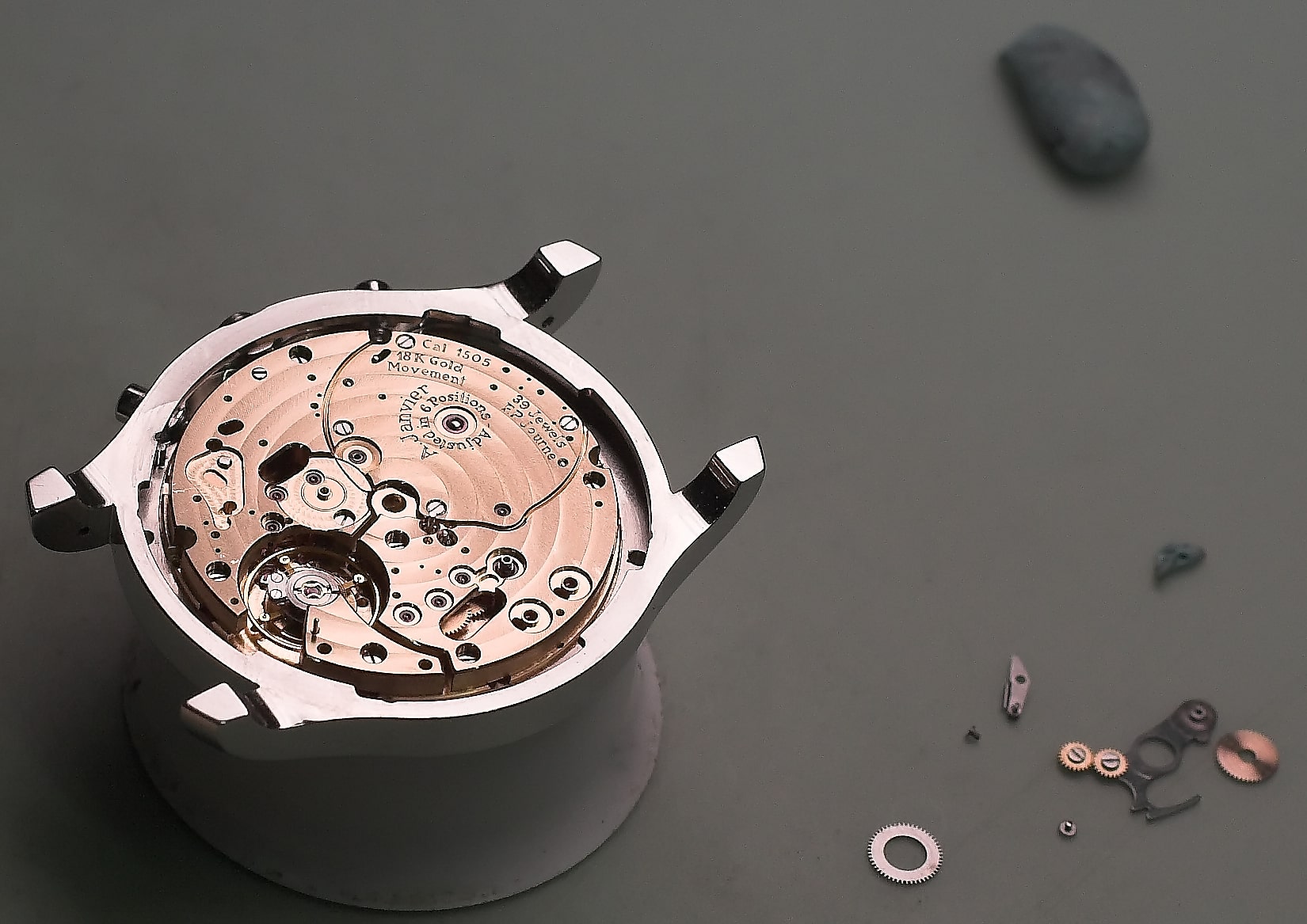In the watch world there are a few noteworthy movements that almost every serious enthusiast will know by heart such as caliber 2121 powering the Royal Oak Jumbo, or the automatic Patek calibers 240 and 324 that form a base for several Patek movements in the line. However, when it comes to the naming process of many calibers, there is no real standard process. I mean, why is the Lange Datograph movement named L951.6 and what can be deduced from the reference? I’m not exactly sure.
Interestingly, Journe has always had a standard naming procedure or code when it comes to his calibers. Each reference is made up of four digits that result from the following equation:
Size of Movement in Lignes + Year Caliber was Developed = xxxx
First two digits + Last two digits = xxxx
Let’s take the very first movement the brand debuted which powered the Tourbillon Souverain (1999-2003). The caliber ref. is 1498.
14 is the size of the movement in lignes. A ligne is a unit of measurement where 1 ligne = 1/12 of a French inch.
The second half of the ref. is the number 98. Simply enough, the caliber was developed in 1998.

Another example would be caliber 1304 that debuted with the Chronometre Souverain in 2005. From the ref. we can deduce the movement is a 13-ligne movement and was developed in 2004.
It gets a little interesting because some tend to argue over the the notation of the last two digits. The first thought is that it precisely denotes the year the caliber began development; as in, 1304 began development in 2004.

On the other hand, since caliber 1304 debuted in 2005; caliber 1498 debuted in 1999; caliber 1505 debuted in 2006; I tend to disagree with the first thought. I know for a fact that Journe spends (often) more than a year, if not many years, working on a movement and since most movements are debuted the year right after the two digits of the ref. I can’t put that thought to belief.
Yes, I think the man is a genius but I also know he didn’t develop a Sonnerie in a few months just like that. It is further important to note that Journe typically releases his watches during the January Watch Salon in Geneva. Thus it makes it a little logical that if the Sonnerie debuted in January 2006, we can safely assume the caliber was completed the months prior (or year) and that it underwent prototype phases in that time, hence 1505.

For this reason, I remain convinced that the last digits or rather, the year referenced in a Journe caliber is the year the movement finished development not necessarily the year the caliber began development.
Aside from the basic caliber referencing, some calibers undergo some additional changes over the years. A noteworthy example of this is the Octa caliber 1300. This caliber appeared over the years as caliber 1300; 1300.2; 1300.3 (present use). As calibers undergo “major” changes they will be referenced under a new version. Almost all calibers undergo continuous developments and changes where Journe tackles common issues with improvements; but not all improvements result in a new version. One example is the Octa Calendrier which had common issues with the date discs. Journe improved the caliber but did not put it under a new version (these changes are not even formally announced).
In the case of Caliber 1300; it premiered as a brass movement in 2001. Around 2004-2005 it was renamed 1300.2 to mark the 18K role gold movement change. Further in 2007, it was renamed 1300.3 to mark the change from a bi-directional winding rotor to a uni-directional winding rotor.

The general rule of calibers premiering the year after their development is also not concrete. The Optimum’s caliber 1510 denotes a development in 2010 yet the watch was released in 2012. Such a case is a notable exception since the Optimum had a continuous delay and at one point the movement had to be completely redesigned; which I can assume was done during the testing in 2010-2012.
*While the above is more or less a definitive rule, after further discussions and research I cannot say that it is 100% accurate for the sole purpose that “FP doesn’t really care”. It does however serve as a general understanding and what is almost always planned.

6 responses to “How F.P. Journe Calibers are Referenced”
Excellent article Osama. Incidentally the L951.6 from AL&S means basically the same as FPJ (yes he did not invent everything). L is for Lange, 95 is for 1995 The year development started, the 1 is for the order of caliber that was developed that year (in this case the first). And the last digit for the number of modification/version of the caliber. (In this case 6th).
I can go on with most calibers from most manufactures. There is usually a logic. It is good to learn that perspective so not to be blindsided by complete mania towards a brand.
Ah! I had no idea and that’s actually very interesting! Thank you for sharing and glad I learned something new 😉
Great read
Love the site! Can’t wait to learn more about my favorite watch. I may never own one but a guy can dream!
These kinds of informative articles are terrific. Instagram was never a great place for this kind of extended detailing. Thanks.
And looking forward to more.
Jornefan2018
Thank you for the support and super glad to read this! Strong motivation to do more 🙂